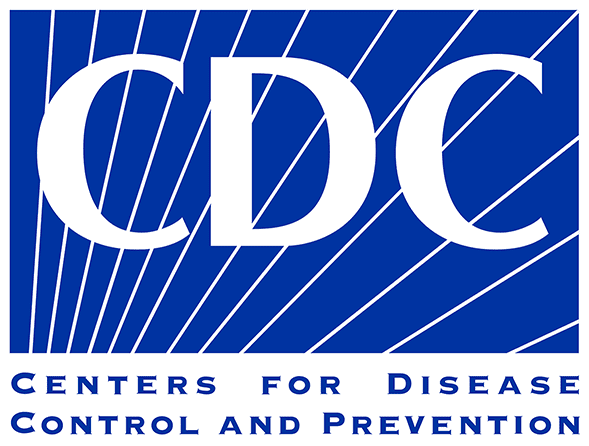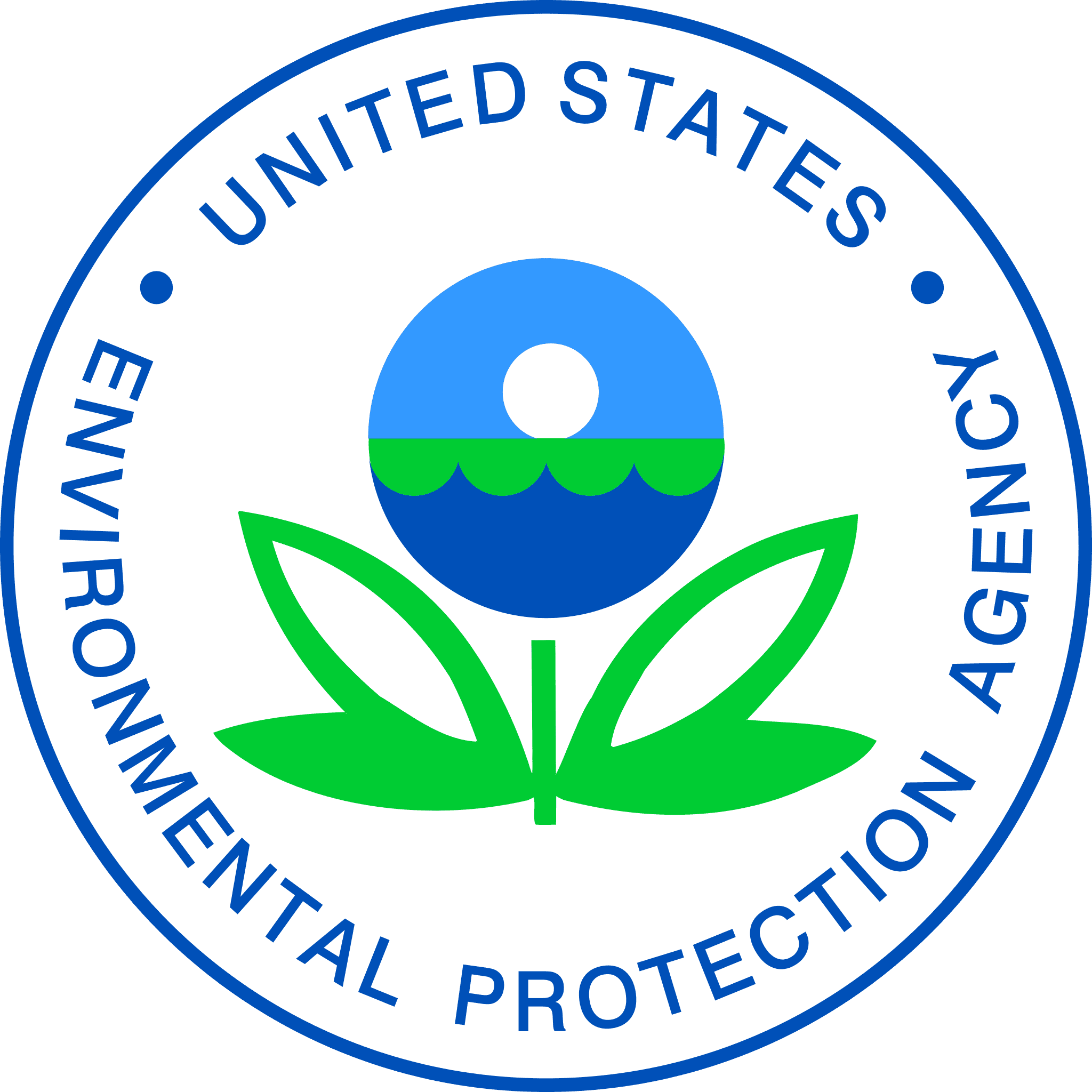Hazardous materials are chemical substances which, if released or misused, can pose a threat to people’s health or the environment. Emergencies can happen during production, storage, transportation, use, or disposal.
You are at risk when chemicals are used unsafely or released in harmful amounts where you live, work, or play. A hazardous material incident can happen anywhere, and you need to be prepared in case an incident occurs near you.
Ammonia is the most common chemical spilled in Wisconsin. Natural gas is the second most common chemical released in the state, followed by hydrochloric acid.
Wisconsin Emergency Management contracts and manages 22 Regional Hazardous Materials Response Teams in the state.
CLASSES OF HAZARDOUS MATERIALS
EXPLOSIVES
Explosives that most people are familiar with include dynamite, gun powder, and fireworks.
GASES
These can include ammonia, propane, spray paints, helium, chlorine, or carbon monoxide.
FLAMMABLE LIQUIDS
Examples include gasoline, acetone, ethanol, and lacquer-based paint.
FLAMMABLE SOLIDS
Examples include match sticks, Sterno, highway flares, oily rags, or magnesium fire starters.
OXIDIZING SUBSTANCES AND ORGANIC PEROXIDE
Examples include hydrogen peroxide and silver nitrate.
TOXIC AND INFECTIOUS SUBSTANCES
Examples include cyanides, lead compounds, phenol, some pesticides, biological samples, and clinical waste.
RADIOACTIVE MATERIALS
Examples include medical isotopes, uranium, plutonium, cobalt, and spent nuclear fuel.
CORROSIVE SUBSTANCES
Examples include sodium hydroxide, hydrochloric acid, or sulfuric acid.
MISCELLANEOUS HAZARDOUS MATERIALS/DANGEROUS GOODS AND ARTICLES
Examples include ammonium-nitrate fertilizers, asbestos, any battery-powered vehicles or equipment, and dry ice.
additional resources
Wisconsin Department of Health Services – Chemical Release Toolkit:

Centers for Disease Control and Prevention – Chemical Emergencies:









